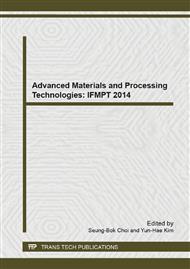p.719
p.725
p.730
p.734
p.738
p.742
p.746
p.753
p.757
Research on Dispersion Mechanism of Extinguishing Agent Scattered by Grenade Explosion
Abstract:
Using the methods of grenade explosion scattering the extinguishing agent for crown fire saves has been an important remote way for crown fire saves. Scattering the solid agent from explosion is greatly influenced by external environmental and airflow in fire, which results in the low efficiency of extinguishing agent. Dispersion area of grenade scattering extinguishing agent can be calculated through the combination of numerical simulation and experimental determination. On the base of high extinguishing concentration, the structure of grenade is optimized and the efficiency of extinguishing agent is improved. For monoclonal crown fire, specific central explosive about 1.5% and the ratio of height to diameter is 3.5, the extinguishing agent the dispersion uniformity, use reduced by more than 20%.
Info:
Periodical:
Pages:
738-741
Citation:
Online since:
February 2014
Authors:
Price:
Сopyright:
© 2014 Trans Tech Publications Ltd. All Rights Reserved
Share:
Citation:


